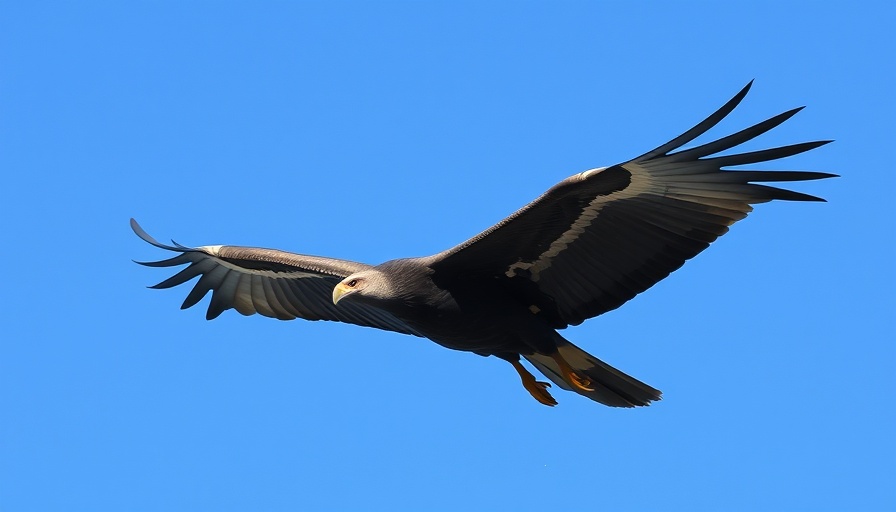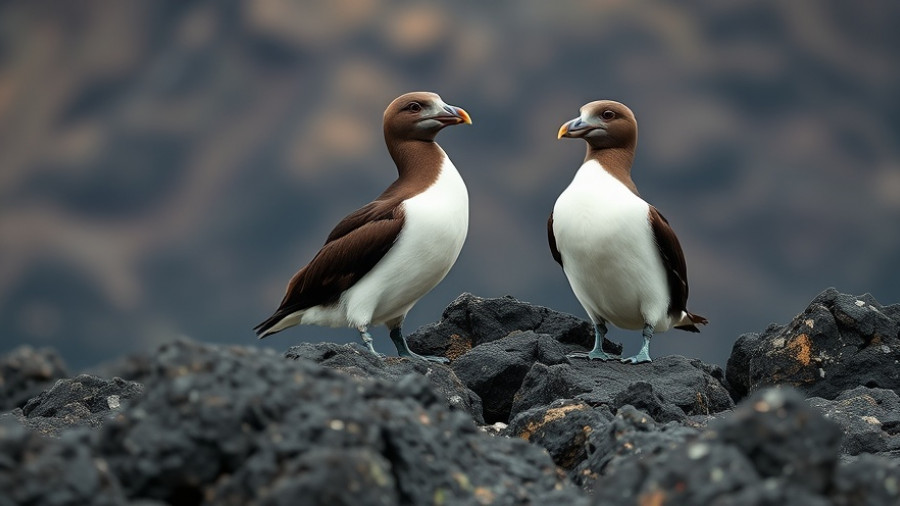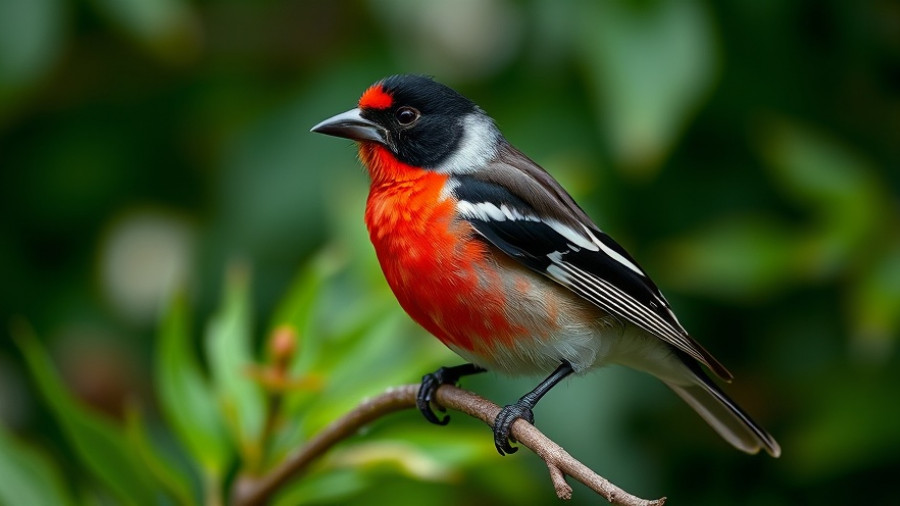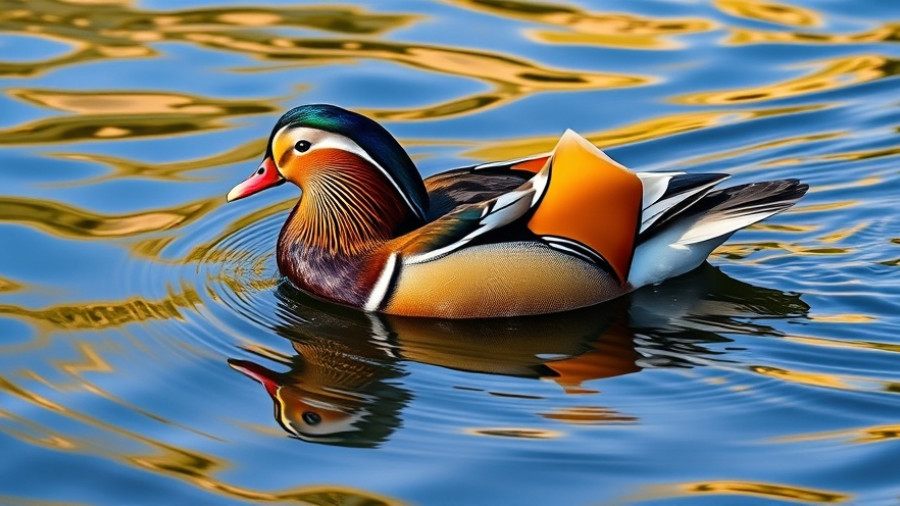
California Condors: A New Chapter in Bird Reproduction
The California condor, a species once on the brink of extinction, has recently revealed a remarkable and unusual reproductive capability. Scientists uncovered parthenogenesis, a process where offspring develop from unfertilized eggs, in two female California condors. This groundbreaking occurrence was unexpected, particularly because the mothers were kept in conditions where fertile males were present.
Understanding Parthenogenesis
Parthenogenesis is not entirely new to the animal kingdom. Typically observed in various reptiles and in specific domesticated birds like chickens and turkeys, it had never before been documented in wild bird species with access to mating partners. The two California condor chicks, discovered through a detailed analysis of genetic data from a captive breeding program, present a significant deviation from conventional reproductive norms.
The Genetics Behind the Chicks
Analysis revealed that these chicks carried two identical gene copies from their mothers, indicating they did not inherit any genetic material from a male. This molecular finding has important implications for our understanding of genetic diversity and reproductive strategies within endangered species such as the California condor. Parthenogenesis could potentially serve as a vital method for species survival in low-density populations by allowing genetic contributions even in the absence of males.
A Lesson in Conservation
The revelation of parthenogenetic offspring highlights the effectiveness of the collaborative conservation efforts undertaken by organizations like the San Diego Zoo Wildlife Alliance. Since the population of California condors dwindled to just 22 individuals in the 1980s, intensive management and breeding programs have successfully increased their numbers, offering hope for their future. Monitoring the genetic health of these birds remains essential as scientists explore the implications of this atypical reproductive phenomenon.
Broader Implications and Future Research
This discovery encourages researchers to further investigate parthenogenesis in other avian species, as it suggests that such unique reproductive mechanisms may be more prevalent than previously thought. As conservationists continue to track the genetic health of California condors, the potential for additional cases of parthenogenesis represents a new frontier in avian genetics and conservation strategy.
Conclusion: The Future of California Condors
This remarkable finding of parthenogenetic chicks not only deepens our understanding of the California condor population but also paves the way for innovative conservation approaches that can enhance genetic diversity. As we strive to protect this critically endangered species, such discoveries underscore the importance of scientific research in shaping the path forward for wildlife recovery efforts.
 Add Row
Add Row  Add
Add 




Write A Comment